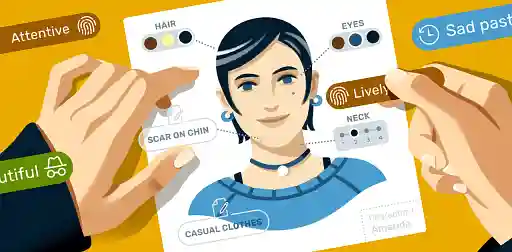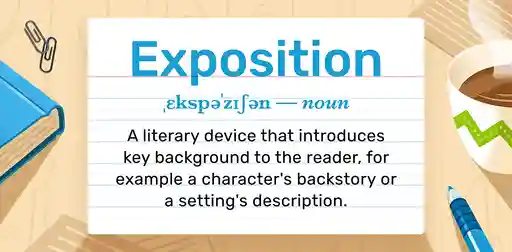Posted on Jun 03, 2021
How to Create Conflict in a Story (with 6 Simple Questions)
About the author
Reedsy's editorial team is a diverse group of industry experts devoted to helping authors write and publish beautiful books.
More about the Reedsy Editorial Team →Linnea Gradin
The editor-in-chief of the Reedsy Freelancer blog, Linnea is a writer and marketer with a degree from the University of Cambridge. Her focus is to provide aspiring editors and book designers with the resources to further their careers.
View profile →Conflict is so ubiquitous that it can be hard to pinpoint. It’s rarely something tangible or concrete. In literature, it can take so many different forms that there’s no single best way to find the conflict in a story. And yet, there are some basic steps that any reader or writer can take to demystify conflict.
If you haven’t checked out our post on external vs. internal conflict yet, make sure to do so!
This article will give you a character-led process that can help you identify the different elements of conflict that keep stories focused and compelling. To demonstrate this process, we’ll reverse-engineer the 2001 film Legally Blonde as an example. If you’re ready, don your favorite pink item and prepare to bend and snap your way into a book-worthy conflict!
Q1: What does your character want?
The first step to working out a story’s central conflict is identifying what your protagonist wants to have or achieve. This should be an external goal: something in the real world and not something abstract like “self-fulfillment.”
Writer’s Step: Identify what your character wants most in life and the steps that they are willing to take to get it.
Example: Legally Blonde
At the start of the film, sorority girl Elle Woods wants two very simple things:
- To marry her WASPy boyfriend and become Mrs. Warner Huntington III; and
- Acquire all things pink.
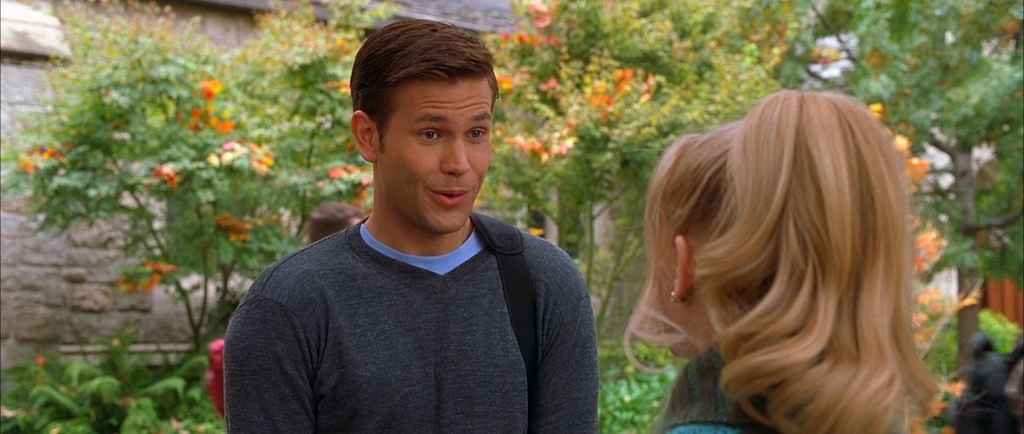
But when her boyfriend, Warner, dumps her on account of her being too blonde (and therefore, not suited to his political ambitions), Elle sets some new goals:
- Follow Warner to Harvard Law School; and
- Prove that she does indeed make a suitable wife with substance and style.
Need to work out your character's big 'want'?
Enter your email to download Reedsy's character template & worksheet
Q2: What is in their way?
Once you’ve identified what the character wants, you’ll need to figure out what’s stopping them from getting it.
In any story, a character can’t immediately get what they want because that defeats the whole point of telling it in the first place. Something needs to disrupt the status quo — some kind of obstacle that forces the protagonist onto a new path. So the next step is to identify what is standing in the character’s way.
Writer’s Step: With your character’s goal in mind, determine the most obvious, logical roadblocks that will prevent them from getting what they want.
Example: Legally Blonde
Once Elle has made a plan, three main things prevent her from achieving those goals:
- Getting accepted to Harvard Law, perhaps the most competitive postgraduate program in the country;
- Social stigma. Even though Elle is privileged in most ways, “serious society” (as personified by the students and faculty of Harvard Law) looks down on pink-clad, blonde-haired sorority sisters. Warner, true to his political ambitions, is easily swayed by public opinion.
- Even if she can get into Law School and overcome the social stigma, Elle still has to convince Warner that she’s a “suitable” wife.
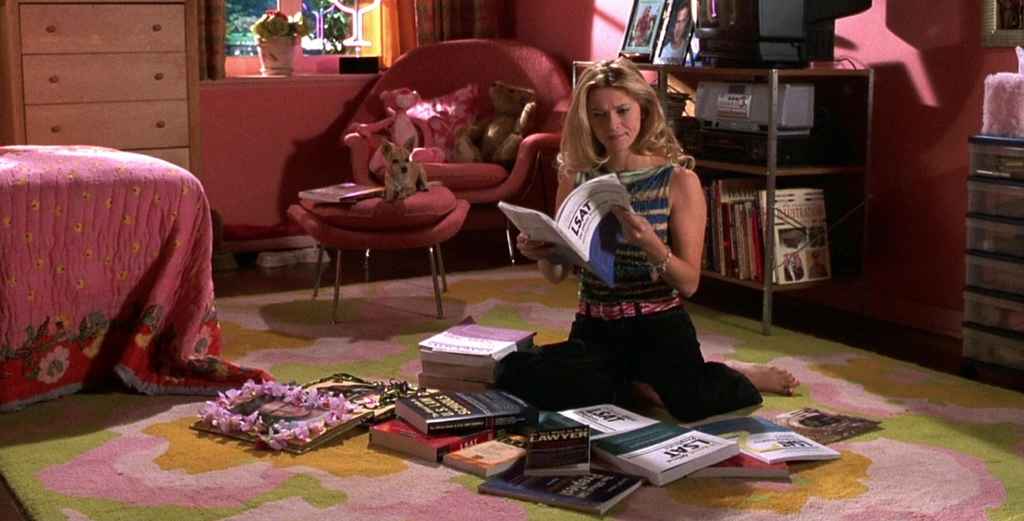
Q3: How can their strengths help them (at first)?
If you know what the character wants and what’s stopping them, you’re on to a good start. Now it’s just a matter of getting around the obstacle that is blocking their path to success. Most characters will have some natural ability that will help them achieve their goal. Sometimes it comes easy, and sometimes they have to dig a little deeper, but they’re likely to be more ready for the challenge than it initially might seem.
Writer’s step: With all your character’s traits in mind, determine what will be essential in helping them jump the hurdles in front of them.
Example: Legally Blonde
Elle has a go-get-it attitude and is convinced she can do anything she puts her mind to. Together with her sorority sisters and by utilizing her extensive social network, she buckles down on her studies and manages to get accepted to Harvard Law.
As a deeply personable and relentlessly positive sorority leader, she's accumulated the social skills and work ethic necessary to win over her peers and prove people wrong. Her unique interests even make her the ideal candidate to help the professor’s client — a fitness influencer accused of murder. In short, her ‘blondeness’ turns out to be her greatest asset.

Q4: What must change to overcome the final hurdle?
Not all obstacles can be overcome without a little bit of change and often a healthy dose of internal conflict. To achieve what they want but haven't been able to get, something needs to change in the character’s life or mind on a deeper level. This requires both time and effort, as well as some serious inner contemplation.
Writer’s Step: Again, with all your character’s traits in mind, identify where there’s room for growth or what their limiting factor is. What is stopping them from crossing that finish line, and how can they overcome it?
Example: Legally Blonde
When Elle has identified why Warner rejects her as a realistic candidate for the wife position — that she’s not serious enough — she tries to become the version of herself that he wants. The problem is that she doesn’t realize that that doesn’t represent real change. In fact, it’s been part of the issue the whole time — she has no ambitions or dreams of her own, except becoming Warner’s wife.
To regain Warner’s interest, Elle realizes she needs to find her own path and inner strength. But she needs to go through many trials and errors before she can come to that conclusion.
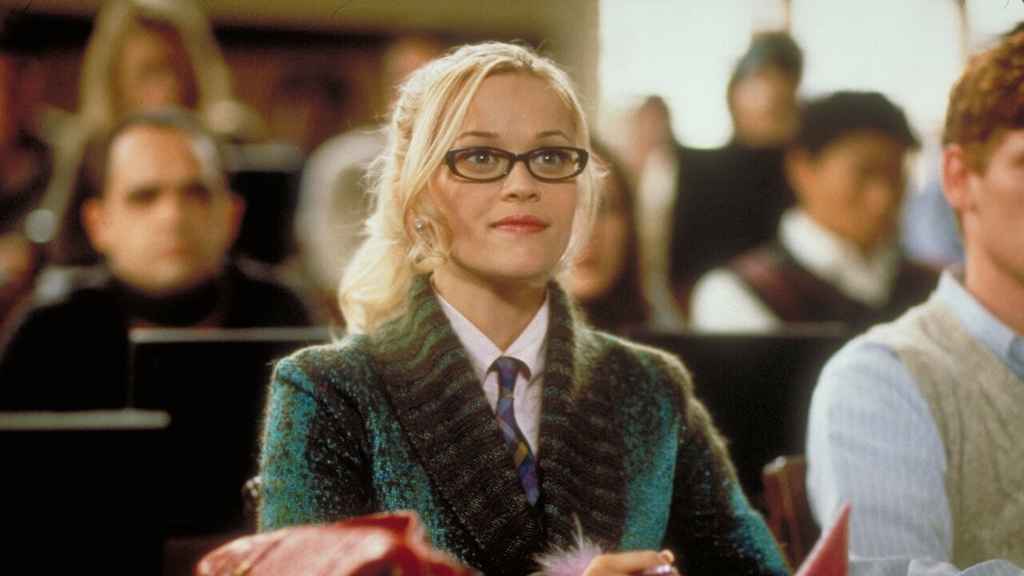
Q5: What consequences will this change have?
Making changes is always easier said than done, and old habits die hard. Especially if they turn out to clash with something else that is important to the character, forcing them to sacrifice something for the sake of their goal. That’s how internal conflict arises and incites personal growth and change.
In the end, the changes that a character makes are likely to have either positive or negative consequences. Or both.
Writer’s Step: Figure out the different ways your character might change. What are the consequences of these changes?
Example: Legally Blonde
Elle’s situation is a classic Catch-22. She wants Warner to want her and is willing to change to achieve the appropriate level of refinement that he is looking for. In the process of pursuing Warner, however, she might end up stumbling into real change — a change that might, in turn, force her to give up some of her old habits and behaviors (and not the ones she thought). She must ask herself: is Warner worth it?
If the answer is yes, she’ll have to give up on her frequent salon visits and her pink closet, and start behaving according to the socially acceptable norms.
If the answer is no: she’ll have to give up on what she originally wanted — becoming Mrs. Warner Huntington III — and discover a new goal.

Q6: How can other characters bring these conflicts to life?
Conflicts rarely arise in a vacuum. However, people are particularly good at instigating a fight, making them the perfect vessels to show and not tell character growth or develop a plot. Characters can bring conflicts to life in at least three ways:
1. They can create the resistance necessary for conflict to arise
Antagonists and side characters are often (but not always) the ones who instigate a conflict. They might want the same thing that the protagonist wants — or have a different way of achieving it — which creates an opposing force that the protagonist can clash with.
2. They give layers and nuance to the conflict
Side characters can also help the protagonist resolve the conflict by offering different perspectives or alternative solutions that the character wouldn’t have been able to think of themselves. Likewise, round antagonists can bring nuance to the conflict by making the issue at hand more moreally grey.
3. They can make an abstract conflict tangible
Lastly, other characters can be manifestations of the central conflict itself. They can turn a conceptual struggle like “character vs. society” into something the protagonist can confront head-on.
Imagine a story about a woman facing discrimination in the workplace. We can bring the conflict of systemic discrimination down to a more tangible level by inserting a sexist boss and complicit coworkers. This shows how discrimination has become part of the system while also showing how it affects people individually. In this way, the author can comment on social injustices and tell an engaging story of resistance and overcoming.
Writer’s step: Consider how your secondary characters can bring your story’s conflicts to life — either by opposing or supporting your protagonist.
Example: Legally Blonde
Even though Elle is a fascinating character in her own right, her story only comes to life because she interacts with other characters. So, who are the supporting players in Legally Blonde, and how do they fit into the conflict?
1. Warner Huntington III, the ex-boyfriend and dream-husband.
Warner represents the external conflict between Elle and a world that undermines and underestimates women, especially when they don’t fit into a traditional, conservative mold.
2. Vivian Kensington, Elle’s law school classmate and Warner’s new girlfriend.
Like Warner, Vivian highlights the central motif of the movie by representing what Elle needs to become if she is to be taken seriously (and it’s probably not a coincidence that she is a brunette).
She is also a de facto antagonist that Elle needs to defeat to win back Warner.
But Vivian’s character arc also dovetails nicely with the central argument of the movie to emphasize the point that women should support women and get rid of men like Warner.
3. Professor Callahan, a sexist law professor.
Callahan represents larger systems of sexism that make it difficult for women like Elle to be seen as capable.
4. Emmett, a sweet and supportive junior lawyer at Callahan’s firm, who will become Elle’s new boo.
As Elle’s new love interest, Emmett represents an alternative way to view women and a new way for Elle to resolve the primary conflict. While marrying Warner would require her to change and lose her identity, Emmett wants her to be true to herself.
That makes him an essential factor in letting Elle see that her “blondeness” is an asset to her and not a liability as everyone else makes it seem.
Emmett is just a supporting character that highlights Elle’s character arc, which is more about self-empowerment than finding love.
5. Paulette, a salon owner who’s looking for advice on dating.
Paulette is only a minor character, but she helps Elle realize the value she can bring to people’s lives without changing herself or trying to fit into the mold that Warner, Harvard Law, and society have set out for her.
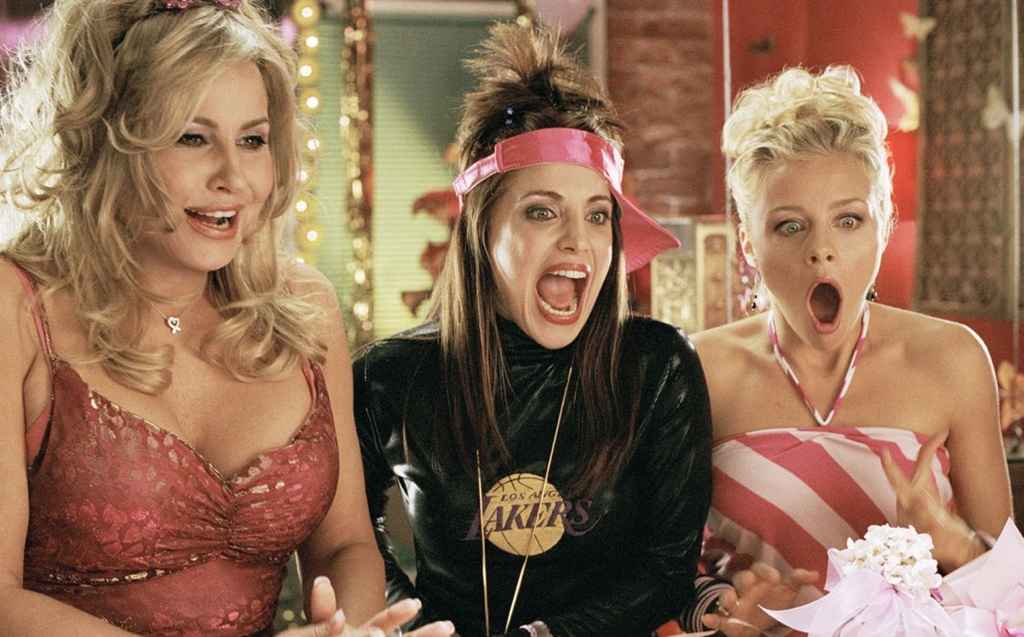
In the end, Legally Blonde combines both external and internal conflict, manifested through Elle and the various side characters, and speaks to female empowerment as well as knowing your worth. And just as Elle went through a journey to discover what she needed, so can any character in a story. All they need is:
- A goal;
- Obstacles standing in their way;
- Strengths that will help them overcome early obstacles;
- A final obstacle that will require them to change; and
- Consequences to making that change.
With all these elements in place, any writer can establish a strong conflict that will power their story.
Going through these steps to find the conflict in a story takes care of a lot of the heavy lifting of writing or analyzing a story. If you’re an author, it’s now just a matter of thinking about how best to dramatize these conflicts and get your character to that point when they get what they want (or realize what they need).




